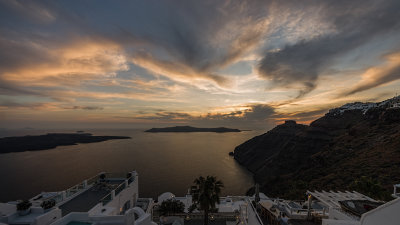Hello pros.
I have canon 1300d with 18-55mm kit and 50mm f1.8 stm lenses.
I read and did YouTube on macro photography and now am confused. Where should i start and what should i buy? Reversal ring, extension tubes?
I cant afford lens upgrade so need to be cost effective.
You have a number of options which I'll try an list in order of expense.
1) 49mm reversing ring together with your 50mm f/1.8 STM lens. This is probably the cheapest option. The problem is you lose control of the lens aperture. Either shooting wide open (not really a good idea when your dealing with tiny depths of field) or presetting the lens aperture on the camera and then removing the lens while it is stopped down (hold the DoF preview button on while switching camera off). Not really an easy technique and I'm not convinced it does the lens any good.
2) 49mm reversing ring with a manual lens (e.g. Pentax-M 50mm f/1.7). More expensive as you will have to purchase an old manual lens (they are surprisingly cheap via e-Bay/Gumtree/Craigslist) as well as the reversing ring.
3) Cheap extension tubes with your 50mm f/1.8 lens. Not as expensive as people make out, I picked up a set of fully automatic tubes for about £35 (roughly the price of a Pentax-M 50mm f/1.7 and a reversing ring). Do not bother with the cheap (less than £10) as they do not allow control of aperture (you're back to presetting the lens as mentioned in option 1). The positives of these are you get full control of aperture, focusing at maximum aperture and focus confirmation. The main drawback with extension tubes is that you can end up with your lens very close to your subject.
4a) Cheap close-up lenses. These are the low cost option but as with all optics you get what you pay for so be prepared for distortion, edge/corner softness, lack of contrast and chromatic aberration.
4b) Expensive close-up lenses e.g. Ranox DCR-250 these produce reasonable results but the price is beginning to intersect with option 5. Plus you are hanging a significant weight off the very front of your lens.
5) Adapted second-hand manual macro lens e.g. Tamron SP Adaptall 2 90mm f/2.5 macro lens. These require some research as a lot of lenses were labelled Macro when they came nowhere near true 1:1 magnification (basically all zoom lenses). Also they come with the hassle of manually stopping the lens down between getting focus and taking the picture.
6) Buying a second-hand Canon/Sigma/Tamron EF mount Macro lens. Most expensive but easiest to use option.
Hope this helps
Ian







